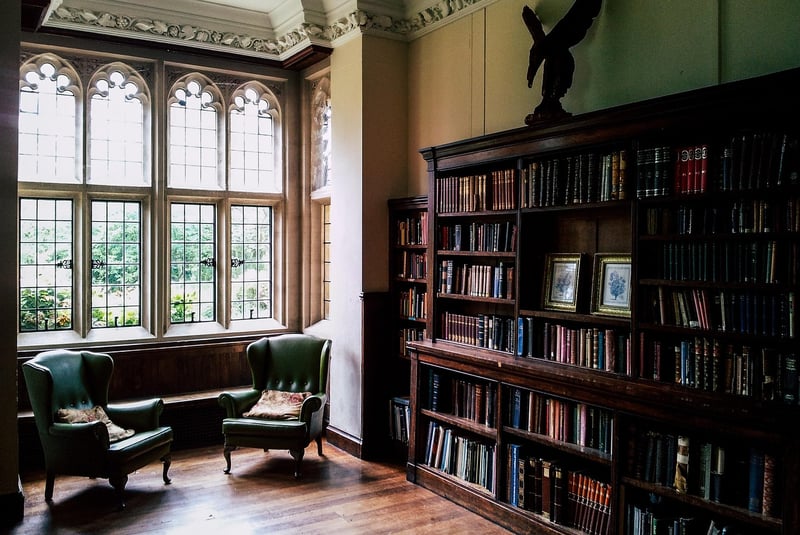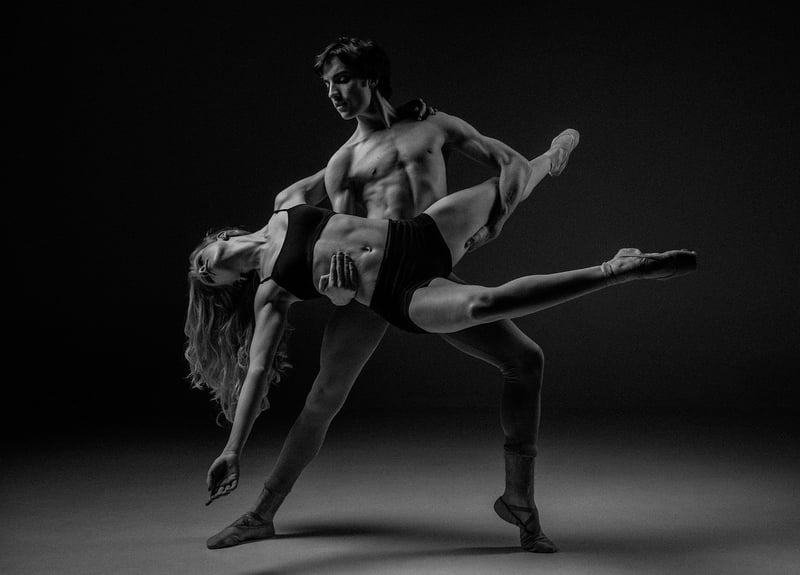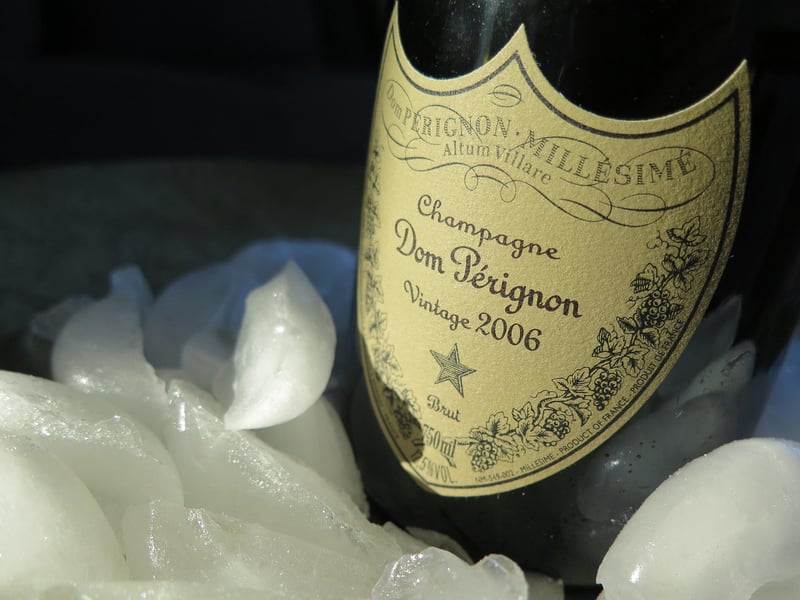Historical Etiquette
Navigating Time Safely: Historical Etiquette
Time travel, although a concept often reserved for science fiction, can also be explored through the lens of historical etiquette. By understanding the social norms and manners of different time periods, we can navigate through history safely and respectfully. Let's delve into the world of historical etiquette and discover how to conduct oneself with grace and decorum in various eras.
Victorian Era (1837-1901)
In the Victorian era, proper etiquette was highly valued, and adhering to societal norms was essential. Men and women were expected to conduct themselves with utmost propriety in all social interactions. For example, women were to be modest and demure, while men were to be chivalrous and respectful. Additionally, formal greetings and elaborate dinner parties were commonplace, signaling one's social standing and respectability.

Roaring Twenties (1920s)
The 1920s marked a period of liberation and rebellion against traditional norms. Flappers, young women who embraced a carefree lifestyle, challenged societal expectations through their fashion and behavior. Parties, jazz music, and dancing became popular forms of entertainment, reflecting the changing attitudes of the time. Despite the more relaxed atmosphere, certain etiquette rules still applied, such as basic manners and courtesy.

Regency Era (1811-1820)
The Regency era in England was known for its elegance and refinement. Etiquette played a crucial role in defining one's social status and reputation. Balls and soirees were common social events where individuals showcased their manners and grace. Women's fashion was characterized by empire waist dresses and intricate hairstyles, while men wore tailored suits and carried themselves with sophistication.

Modern Times
While the rigid etiquette of the past may have relaxed in modern times, the importance of courtesy and respect remains timeless. In today's world, etiquette extends beyond traditional norms to encompass digital communication and global interactions. Practicing good manners, whether in person or online, is key to fostering positive relationships and creating a harmonious society.
Embark on your journey through time with a blend of curiosity and respect for historical etiquette. By embracing the customs and manners of different eras, we not only gain insight into the past but also learn valuable lessons in civility and empathy.
Explore more about historical etiquette and its significance in shaping societies across time!
The Roaring Twenties: History and Facts